- Learning time
- 40 minutes
- First play time
- 100 minutes
Galileo Project
Designed by: Adrien Hesling
In Galileo Project players are using robots to terraform four moons of Jupiter to ready them for human habitation. Because the game is a standalone ‘sequel’ to an older title called Ganymede, there is a slightly convoluted backstory, but in terms of play you don’t need to remember it. The main thing to keep in mind are the game’s three possible actions, of which you may take one on each turn: hire a character, acquire a robot, and develop a technology.
But before we explain those, we need to briefly talk about influence. Two influence tracks – red and blue – are on the middle of the board, and your influence marker is placed on one of the colours during set-up. When you hire a character, there’s always a reward for doing so, and you must take the reward matching the colour of the influence track you are on. When you acquire a robot, you must pay influence, and each robot shows which colour influence it will accept as ‘payment’. You can switch between these tracks at any time, but it costs you cash! Paying 1 Megacredit is all it takes – but you might want to save that cash for other things…
The actions, then: hiring a character is easy: it’s free! So you’ll be doing a fair bit of hiring during the game, as each character you pick up gifts you a certain amount of influence, and you move your marker up whichever track it’s currently on. As mentioned above, each character also gives you a reward that matches the influence track you are on: some are instant (eg megacredits, energy), and some score points at the end of the game.
Acquiring a robot involves paying influence to assign the robot next to one of the four moons on your player board: each robot clearly shows which moon or moons it can be assigned to, and once you’ve done that, you move your marker up the relevant moon track: for points at the end of the game, and bonuses or advantages that trigger when you reach certain spots. The robot itself also has an ability of some kind that gives rewards: cash, energy, additional characters, or robot improvements, and critical to note is that having duplicate robots with a matching ability means that ability becomes more and more powerful.
Finally developing a technology involves paying cash and energy to take a technology tile: each of them gives an instant reward or ongoing benefit to help your terraforming projects around Jupiter.
Outside of some customisable elements and robot reassignments, that’s pretty much it, except to say there are also objectives to be met (eg seven robots of a type, 4 robots with a power of six, all four technologies developed and so on) and if you have met the criteria during any turn, you’ll score points at the end of the game – and doing objectives earlier rather than later means more points for having achieved it. As soon as the character deck runs out, or a player builds their tenth robot, the final round is played to its conclusion, and then the most points wins.
The guru's verdict
-
Take That!
Take That!
Interaction is fairly low, and of the get-their-first kind, where a robot or character card you wanted gets snapped up by somebody else
-
Fidget Factor!
Fidget Factor!
Low to moderate, depending on player count
-
Brain Burn!
Brain Burn!
While every turn has a sense of reward, the task is really about maximising the game's smaller moments into larger strides in the big picture
-
Again Again!
Again Again!
There's randomised set-up in objectives, technologies, player starting capacities and the fall of the cards themselves

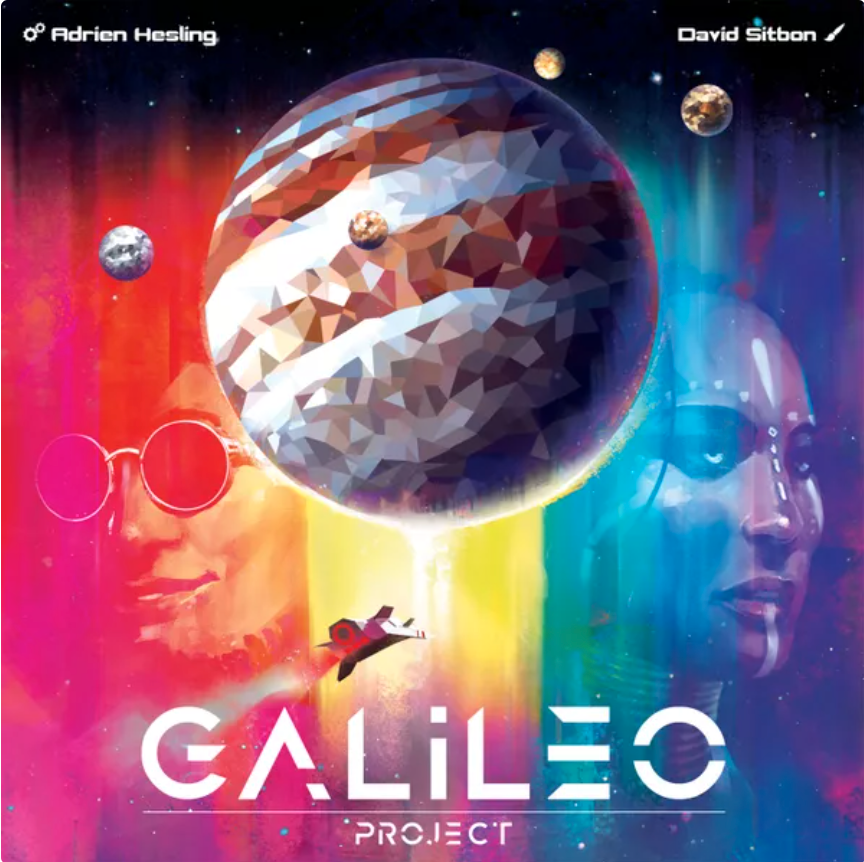
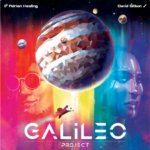


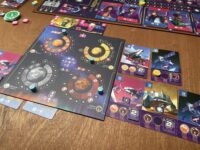
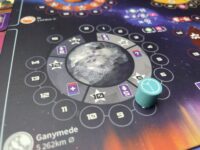



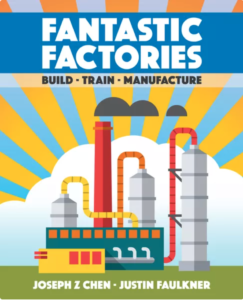

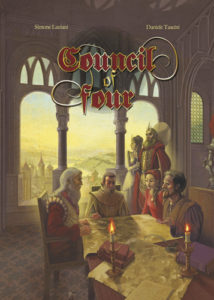

Sam says
Many games have what's referred to as engine-building in them: you start of with a metaphorical lawnmower, and during play make improvements until your 'engine' is a purring monstrosity, even if the theme of the game itself is not remotely mechanical. In Agricola, for instance, you run a small farmstead and improve your engine via the fields you plough, rooms you build, animals you raise and families you grow. Part of the appeal of that sort of game is the tangible presence of growth; of progress, of transformation. It's all out there on the table, and even if you've not won the game there is a small satisfaction of creation. Galileo Project isn't so interested in that, however, and focuses solely on the mechanics, demanding your focus dovetail turn-by-turn options with strategic long-term goals. I like the presentation, and doff my hat to a game that gives you a genuinely crunchy puzzle, and a sense of reward to almost every turn, inside an hour or so. But progress is measured on tracks, and the fact your triumphs are largely about where your markers are on the four moon tracks just makes the theme fairly opaque to me, and Galileo Project a good game rather than a great one: I'm happy to play it, but it's not something I'd rush to suggest.